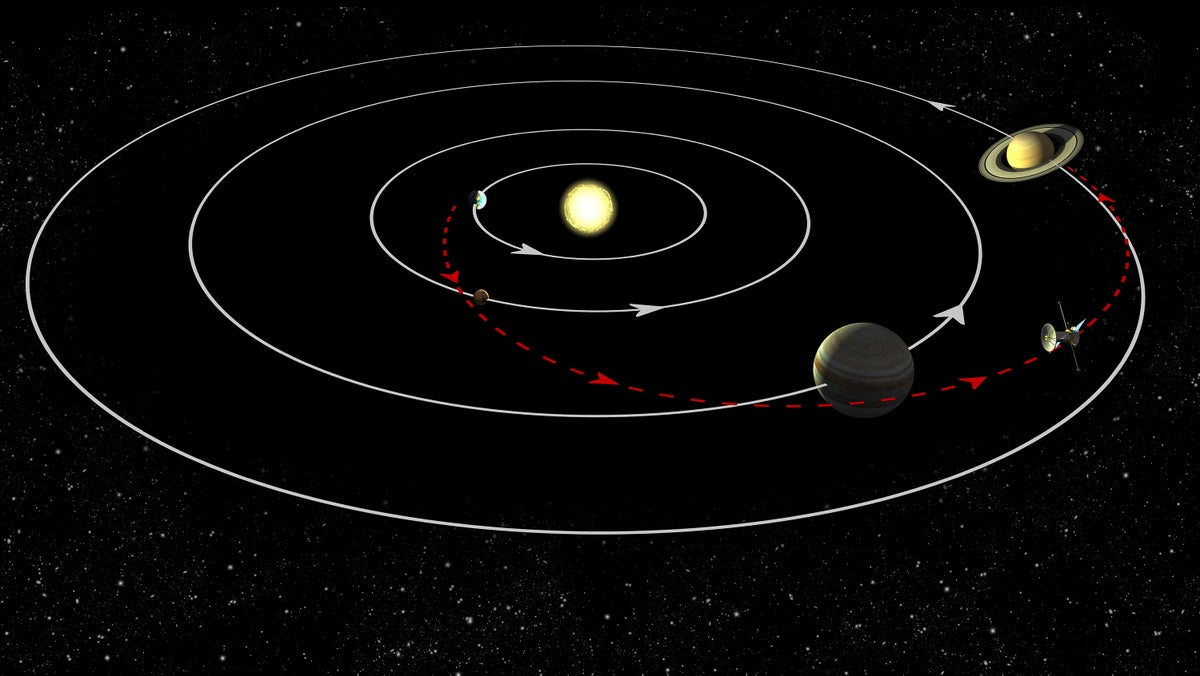Now Reading: Gravitational Slingshot: How It Works
-
01
Gravitational Slingshot: How It Works
Gravitational Slingshot: How It Works

Fast Summary
- The “gravitational slingshot” or “gravitational assist” is a critical method used in interplanetary missions to accelerate or decelerate spacecraft by using the gravity of planets.
- This technique allows spacecraft to gain speed relative to the sun by stealing orbital kinetic energy from planets as they pass, without significantly affecting the planet’s orbit.
- Spacecraft benefit from reduced travel time and decreased fuel requirements, circumventing limitations posed by rocket speed and fuel constraints described by the rocket equation.
- Notable examples include Cassini’s mission to Saturn, wich utilized gravitational assists from Venus, Earth, and Jupiter; and bepicolombo’s journey to Mercury with multiple flybys planned for orbital alignment.
Indian Opinion Analysis
Gravitational assists highlight humanity’s ingenuity in overcoming logistical challenges posed by vast interplanetary distances. while India has demonstrated success in space exploration through missions like Chandrayaan and Mangalyaan, future endeavors targeting distant destinations-such as Venus or outer planets-may increasingly depend on these advanced maneuvers. By integrating such strategies into mission planning, India can enhance efficiency while conserving resources for complex projects. moreover, mastering such techniques would reinforce India’s role as a competitive player in international space exploration efforts.
























